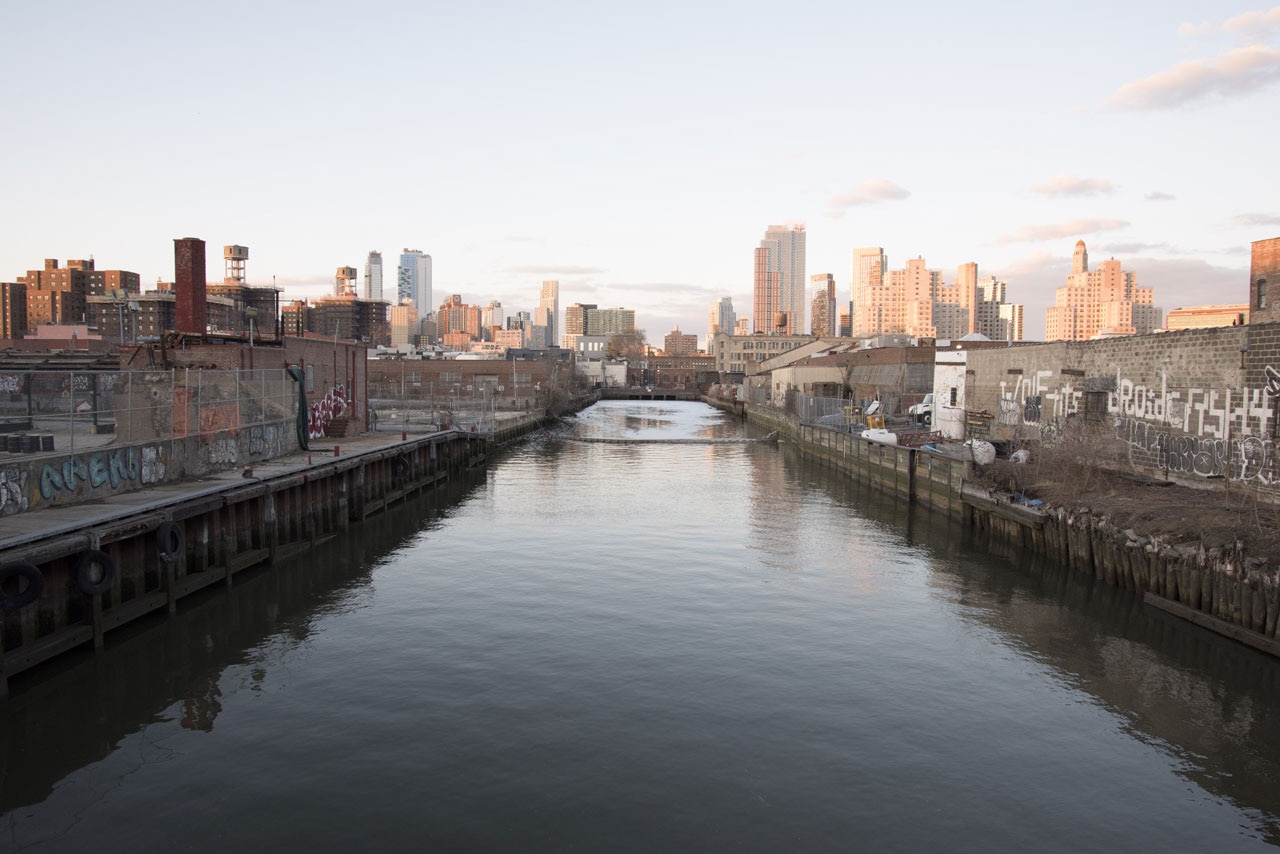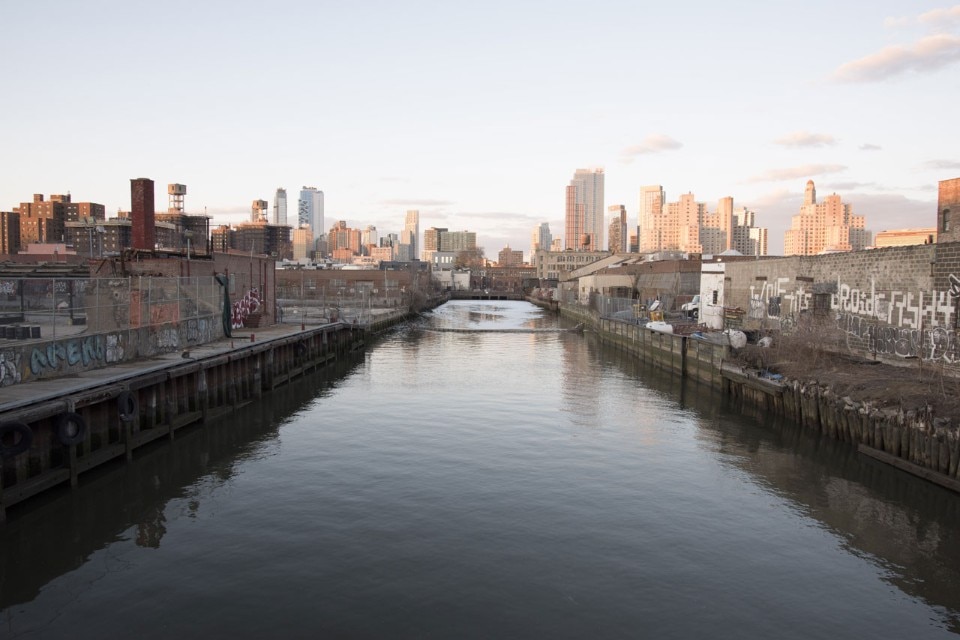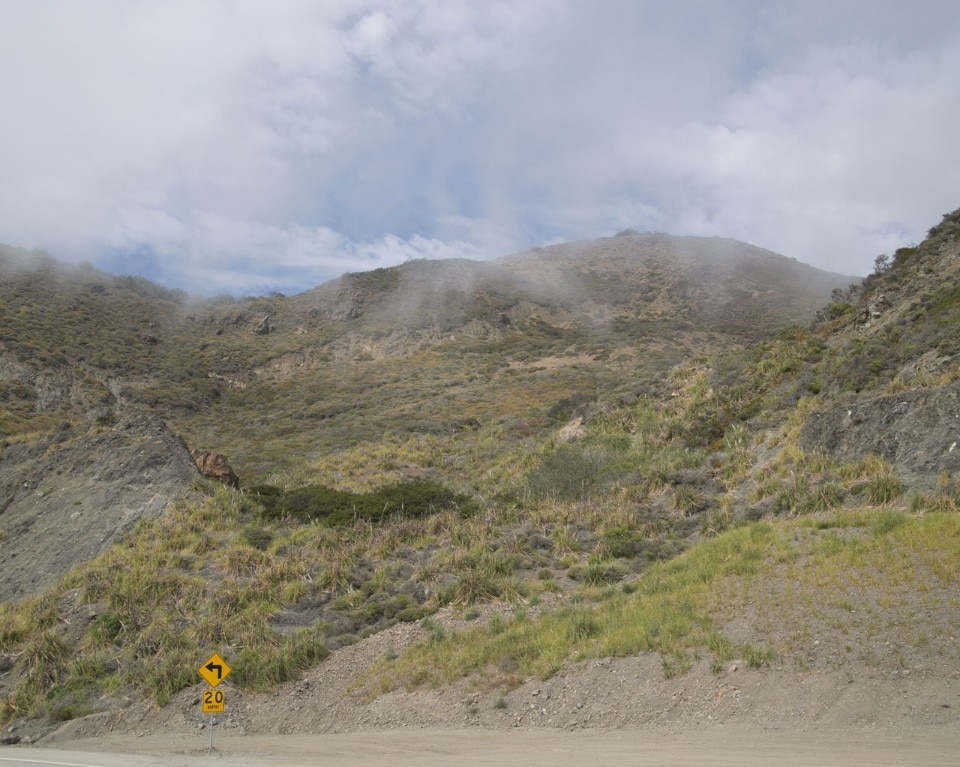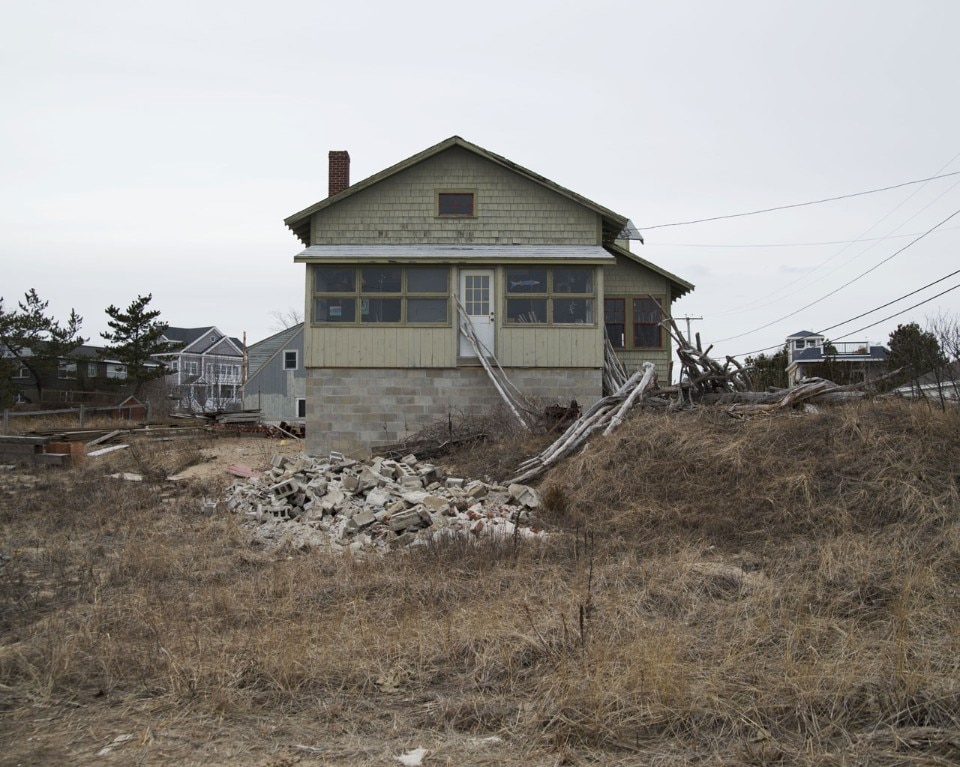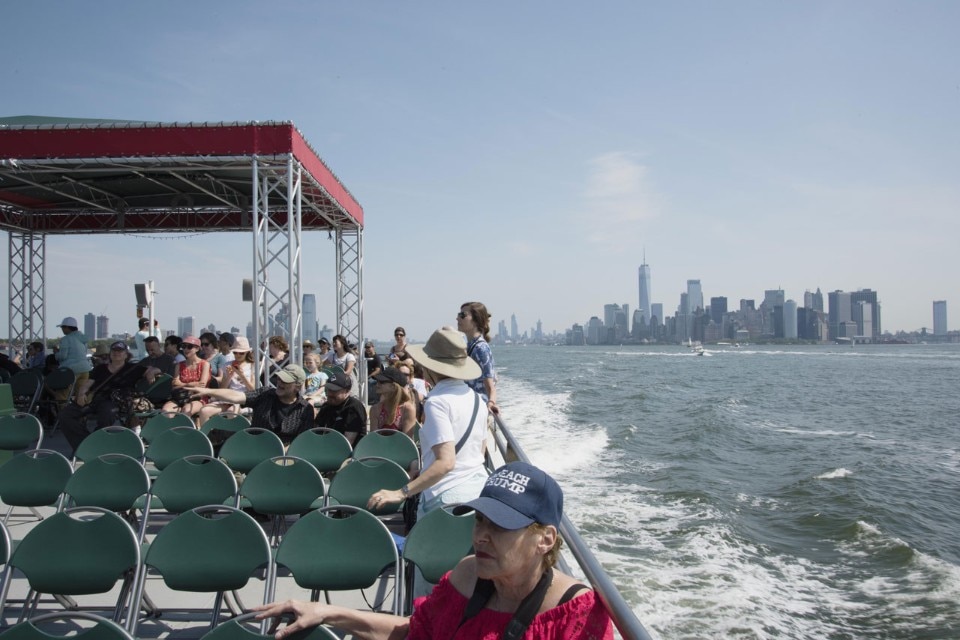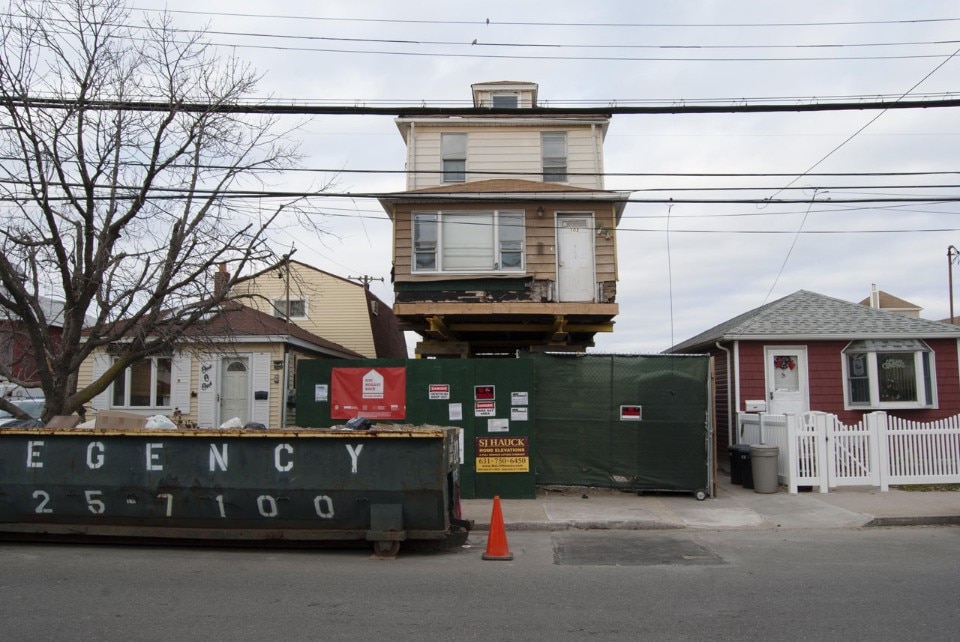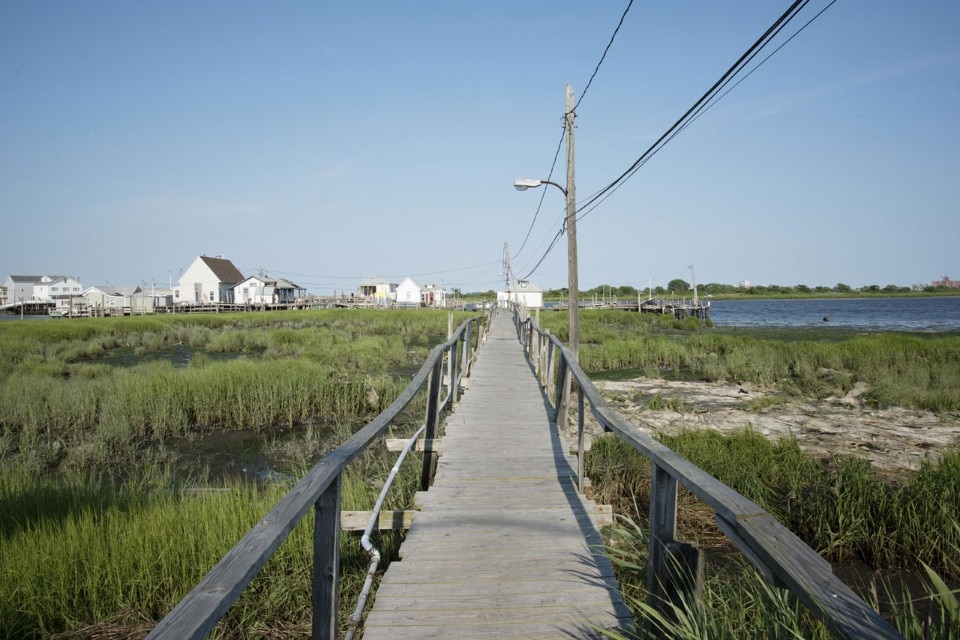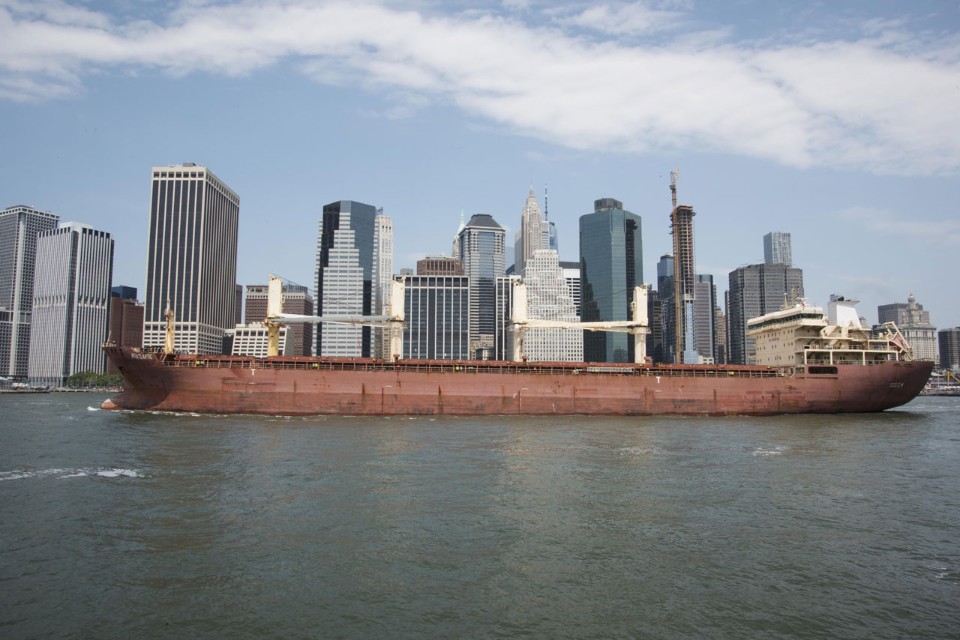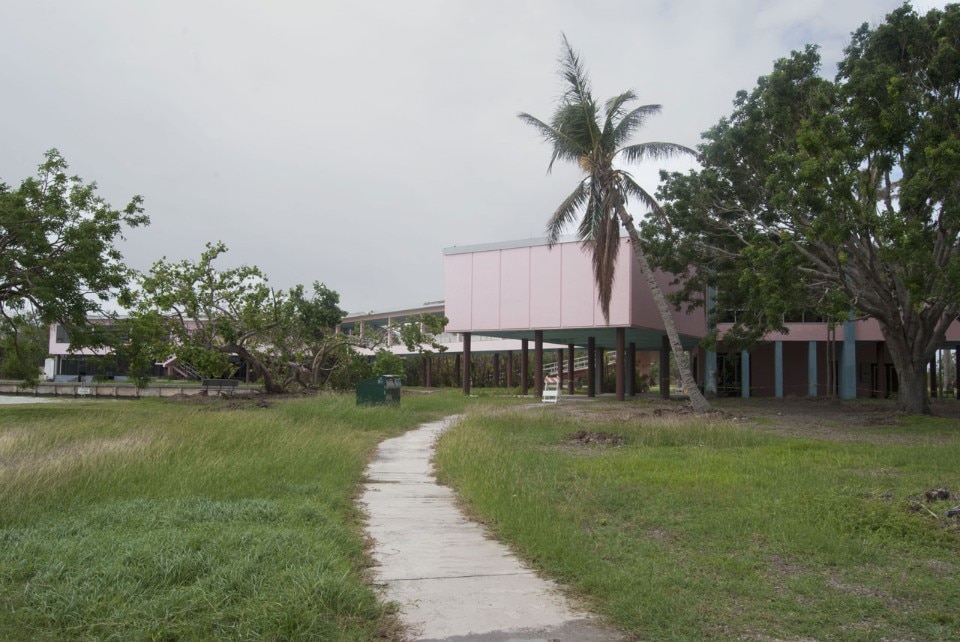In the wake of Hurricane Florence, it is easy to see the physical damage the storm caused. Images of flooded highways, wind-battered beach houses, and debris depict a clear narrative: we have a serious problem.
What is more poignant and much more difficult to capture is the deep emotional change that is happening in communities that have consistently been impacted by these massive weather events. Each storm is a dangerous reminder that the shelters we build for ourselves are not as strong as we think they are, and that agencies that are meant to protect us may not be doing so by allowing us to live so close to water.
Storm surge and heavy rainfall demonstrated how vulnerable North Carolina is to hurricanes. But, despite the climate reality, six years ago the North Carolina state Legislature passed a law intended to help promote commercial and residential growth. It essentially banned state and local agencies from considering scientific models that forecast rising sea levels. As a result, developers have continued to build along the state’s coastline and increase population density in an area that is experiencing the effects of climate change similar to Miami and New Orleans.
The accessibility of coastal living wasn’t always so. Until the 20th century, few people lived near the beach because it was just too dangerous. If they settled along the coast, they built in naturally high areas, well away from the water.
Development and an unusual lack of coastal storms during the 1970s changed this. In her book Against the Tide: The Battle for America’s Beaches, first published in 1999, Cornelia Dean showed that almost half of all construction in the United States in the 1970s and 1980s took place in coastal areas. However, “the coast is not a stable landscape. Inlets open, heal, and reform. Seaside cliffs erode and slump. Sand shifts. Though we think of the land as terra firma, when we go to the beach on a stormy day we can watch geological change occur almost before our eyes.”[1]
Like a river, the coast wants to change its shape over time, but housing and infrastructure severely limit or, in most cases, completely omit this process. In 2010, the percentage of the population living in a county with a coastline was comparable to what it was between 1790 and 1800, when the United States still relied heavily on trade with European markets and access to interior lands was limited. [2]
The accessibility of coastal living wasn’t always so. Until the 20th century, few people lived near the beach because it was just too dangerous.
For many Americans who grew up on the East Coast, the beach vacation was what you looked forward to all year. It was the ultimate landscape of leisure, but as we commoditized a natural space and constructed unnatural boundaries and restrictions that limited the landscape’s natural processes, we became more exposed and more vulnerable. Over time, the levees, sea walls, and other infrastructure no longer protected us, and the search for safer ground began.
Today, “climate gentrification” [3] in Miami is impacting communities that have historically been marginalized. Developers and residents with the means to seek higher ground are moving farther inland to neighborhoods like Little Haiti to protect their assets from the rising seas that are predicted to overcome much of Miami Beach. This movement will be happening at an increased rate as costal property becomes less valuable, and poorer communities will suffer the economic and environmental burden if policy is unregulated.
It’s important to not let that nostalgia guide a planning process that has the potential to be safer, more equitable, and more sustainable – physically and socially.
In order to capture these massive changes, Liminal Frontier is a multi-year endeavor to document, analyze, and generate discussion about the coastal spaces of the world in order to capture and learn from the current paradigm shift in development and spatial thinking. The project is about the unique space where land meets water and how it impacts our identity.
As conversations around adaptation and managed retreat become more common in communities around the United States and the world, it would be remiss to exclude the sentimental value we place on the coast. However, it’s important to not let that nostalgia guide a planning process that has the potential to be safer, more equitable, and more sustainable – physically and socially.
- 1:
- Dean, Cornelia. Against the Tide: The Battle for America's Beaches. Columbia University Press, 1999.
- 2:
- US Census Bureau. “Coastline County Population.” Census Bureau QuickFacts, 1 Oct. 2018
- 3:
- Jesse M Keenan et al 2018 Environ. Res. Lett. 13 054001



